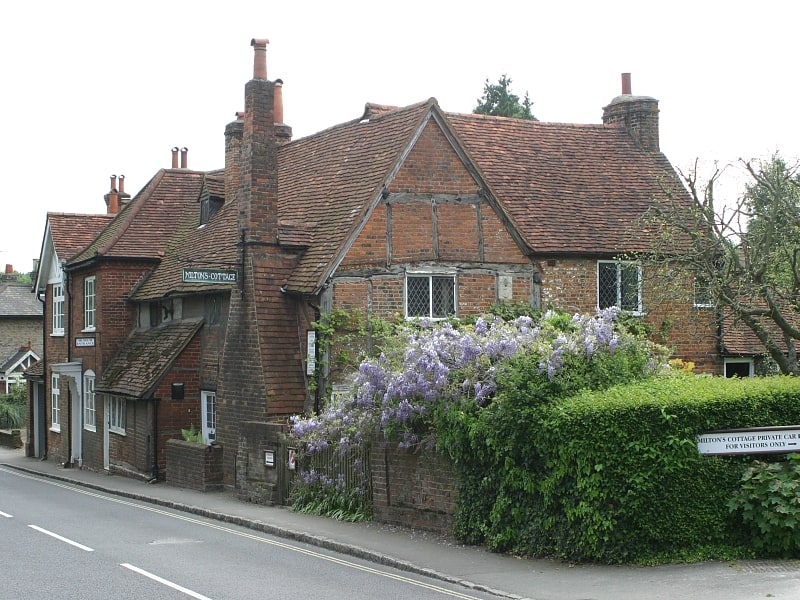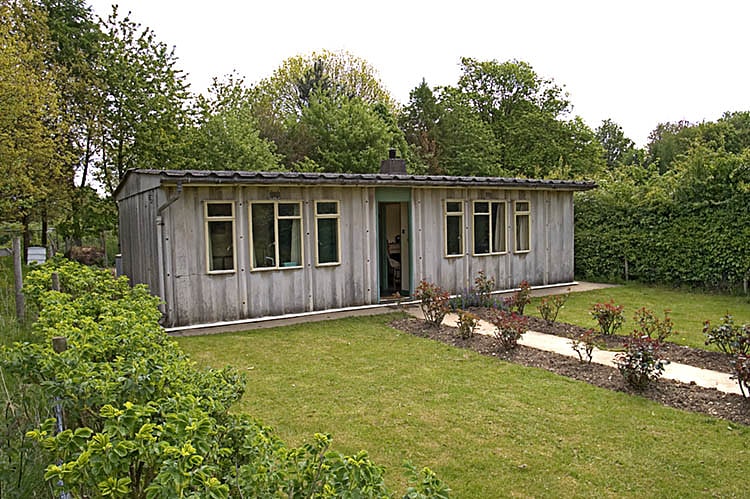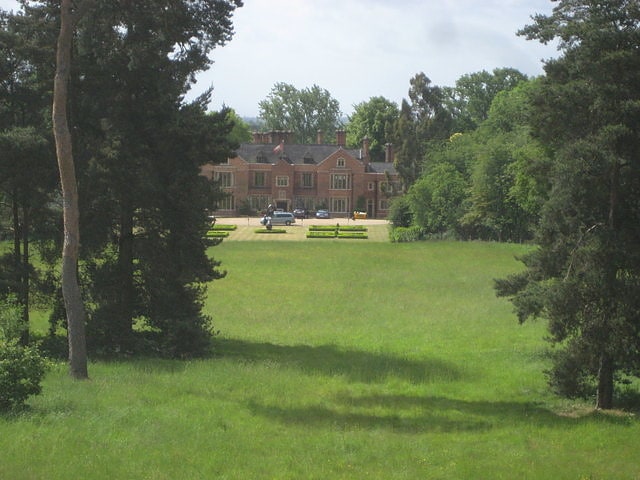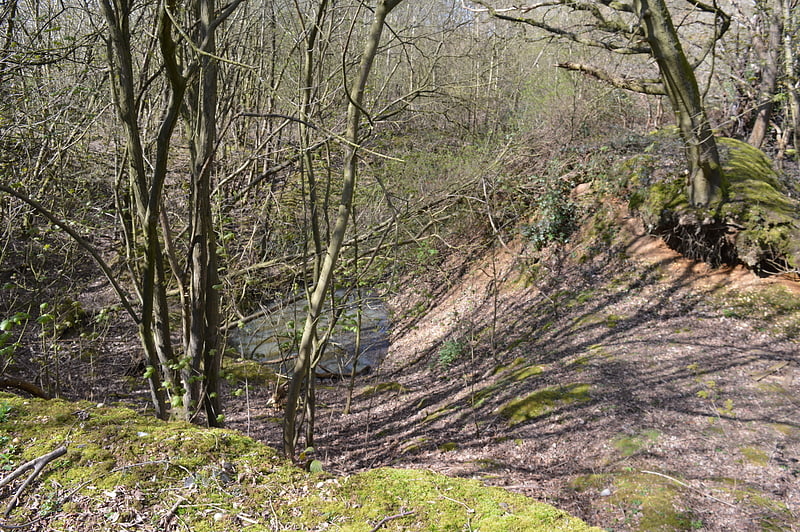Discover 4 hidden attractions, cool sights, and unusual things to do in Chalfont St Giles (United Kingdom). Don't miss out on these must-see attractions: Milton's Cottage, Chiltern Open Air Museum, and The Vache. Also, be sure to include Froghall Brickworks in your itinerary.
Below, you can find the list of the most amazing places you should visit in Chalfont St Giles (England).
Table of Contents
Milton's Cottage

Museum in Chalfont St Giles, England. Milton's Cottage is a timber-framed 16th-century building in the Buckinghamshire village of Chalfont St Giles. It was the former home of writer John Milton, and is open to the public as a writer's house museum.[1]
Address: 21 Deanway, HP8 4JH Chalfont Saint Giles
Chiltern Open Air Museum

Museum in Chalfont St Peter, England. Chiltern Open Air Museum is an independent open-air museum of vernacular buildings and a tourist attraction located near Chalfont St Peter and Chalfont St. Giles in the Chiltern Hills, Buckinghamshire, England. The museum is a registered charity under English law and has a small number of full-time staff and a volunteer workforce of approximately 200.[2]
Address: Gorelands Ln, HP8 4AB Chalfont Saint Giles
The Vache

The Vache is an estate near Chalfont St Giles in Buckinghamshire, England. Located within the estate is a monument dedicated to the memory of Captain James Cook, the explorer. It has been owned or occupied by, among others, George Fleetwood, regicide of Charles I.[3]
Froghall Brickworks

Froghall Brickworks is a 0.26 hectare geological Site of Special Scientific Interest east of Chalfont St Giles in Buckinghamshire.
The site is Pleistocene gravel above Reading beds. The gravel was deposited by the proto-River Thames, before it was diverted south by the Anglian Ice Age around 450,000 years ago. It is described by Natural England as very important because it is the only known exposure of the Westland Green Gravel in the Middle Thames area.
The site is on private land with no public access.[4]